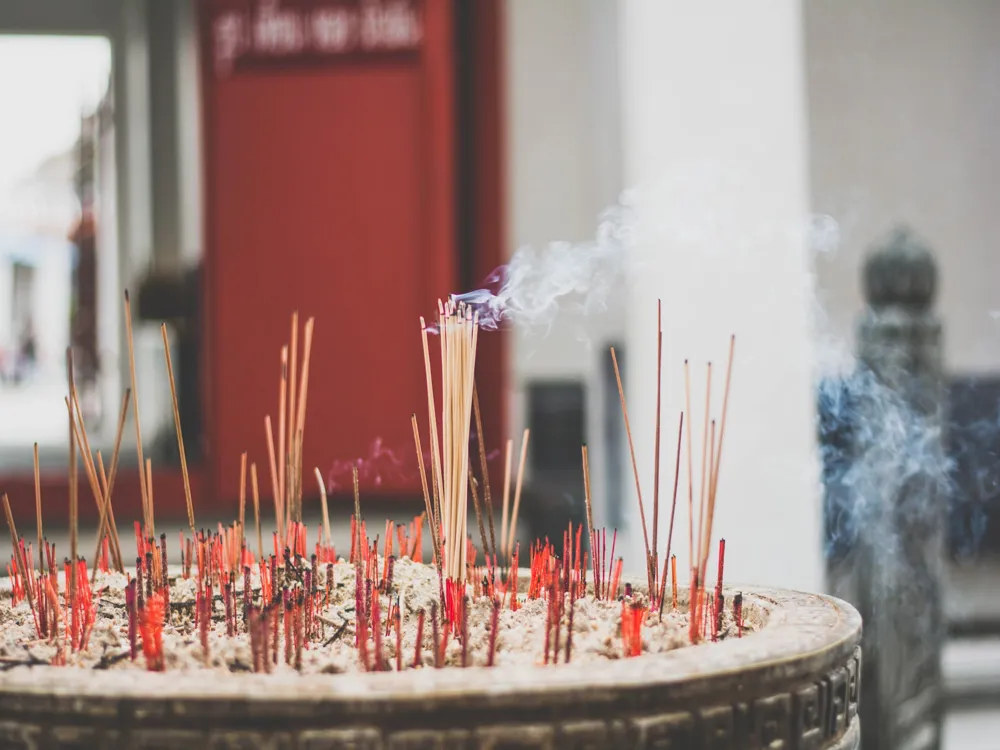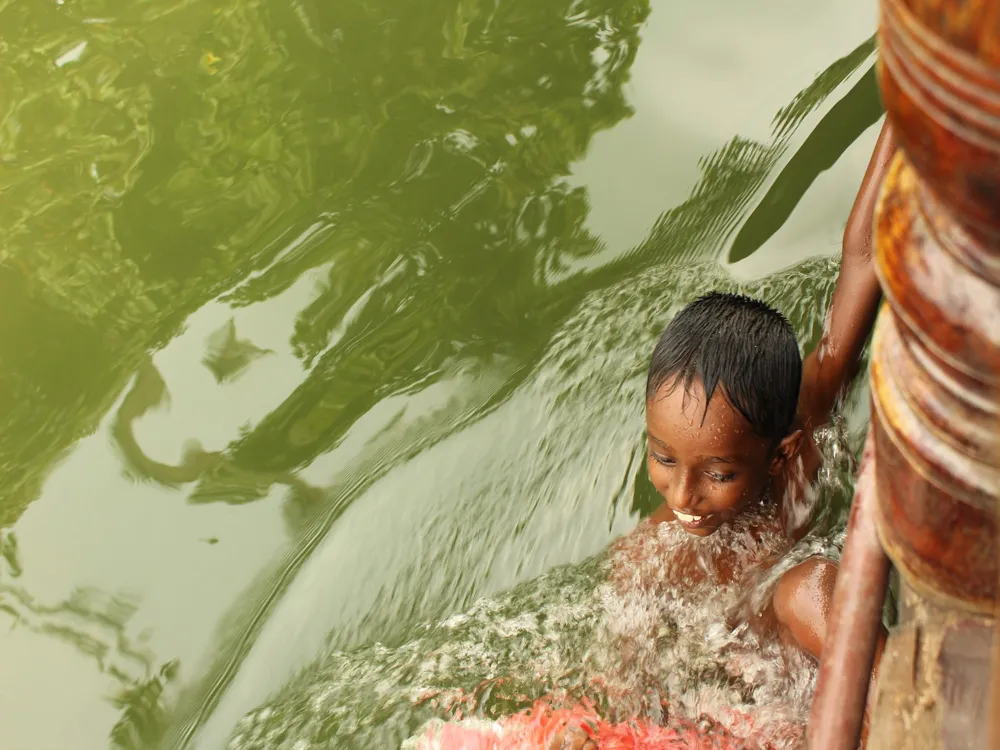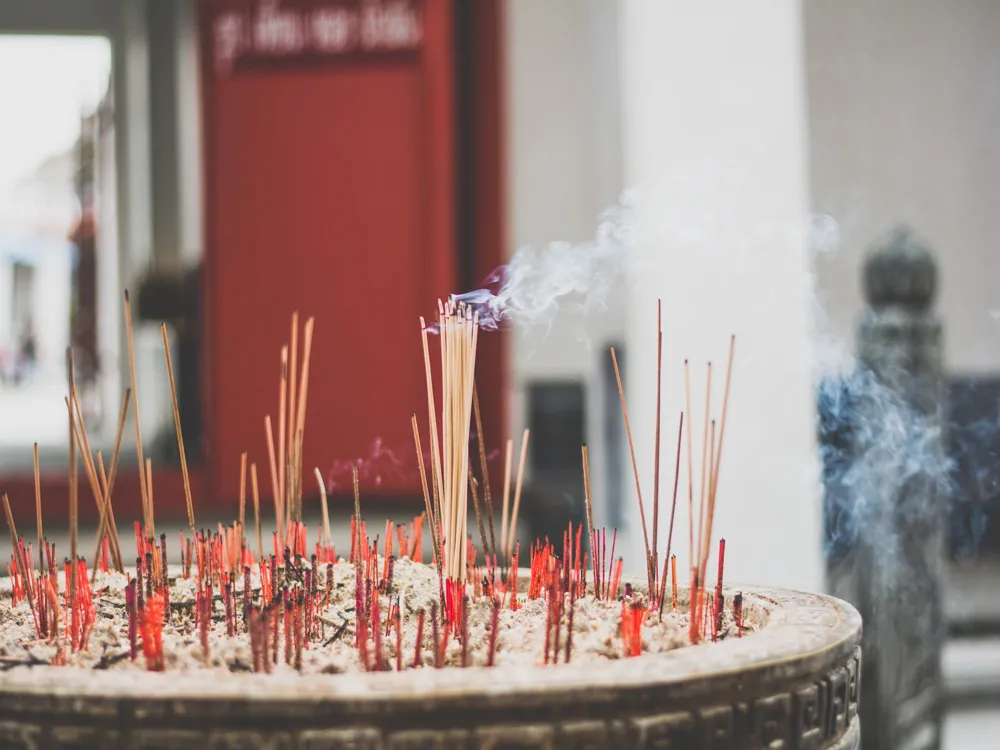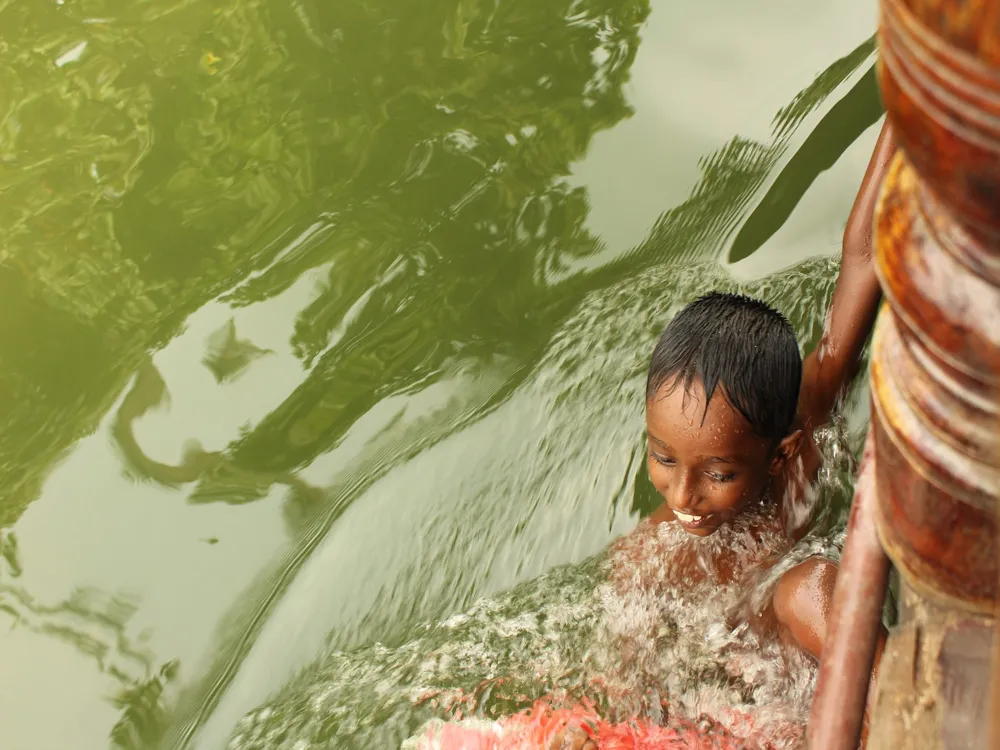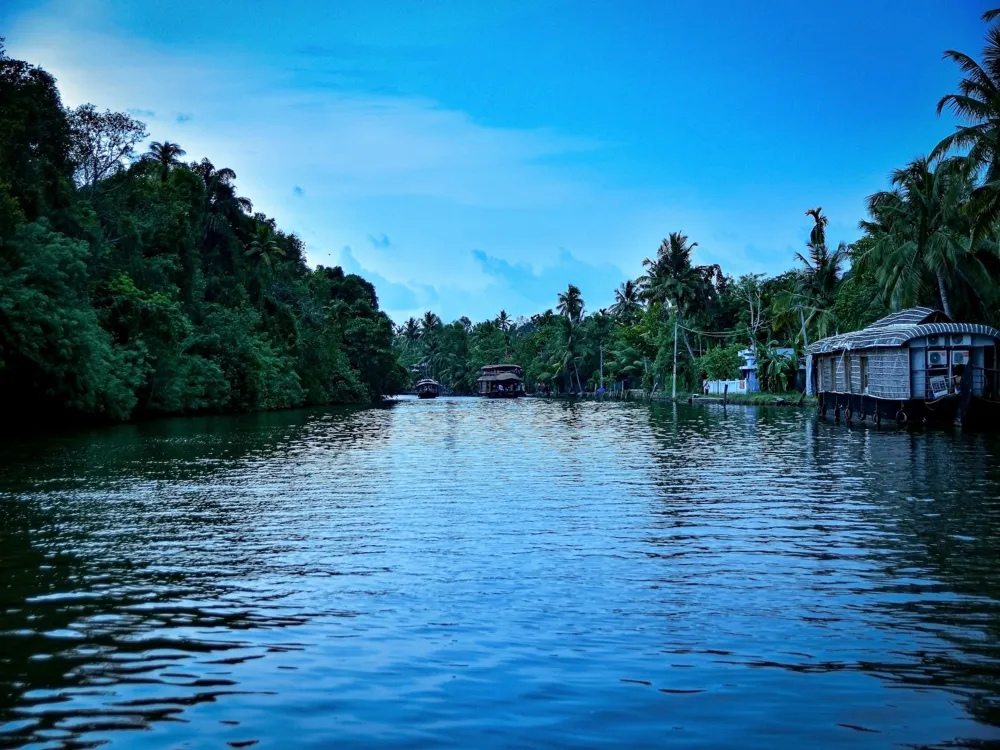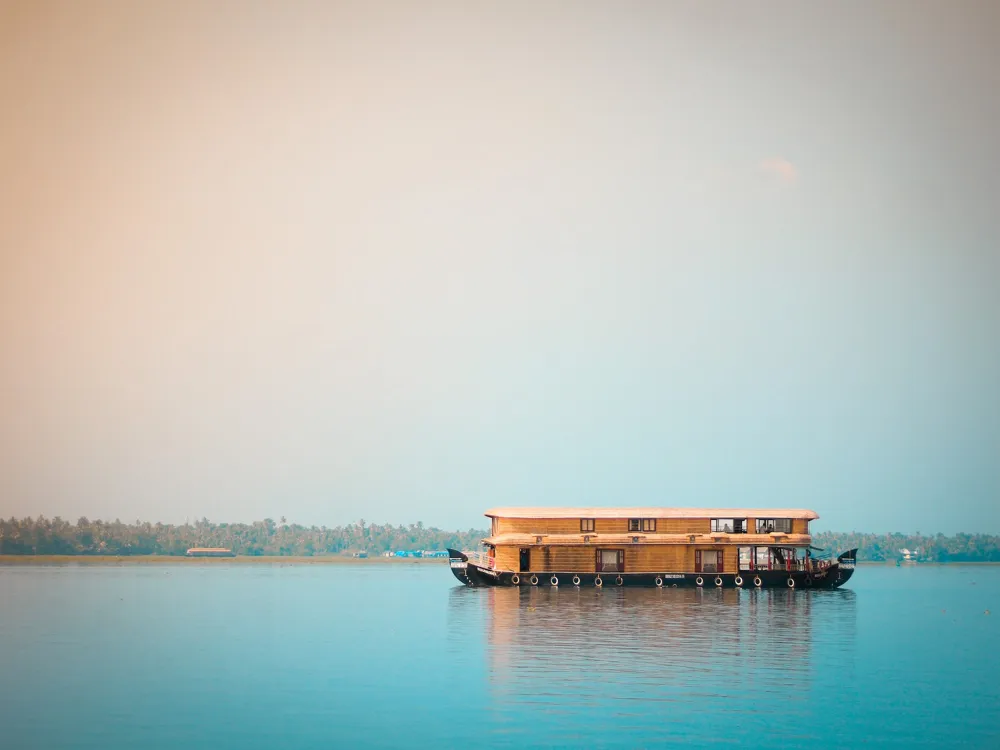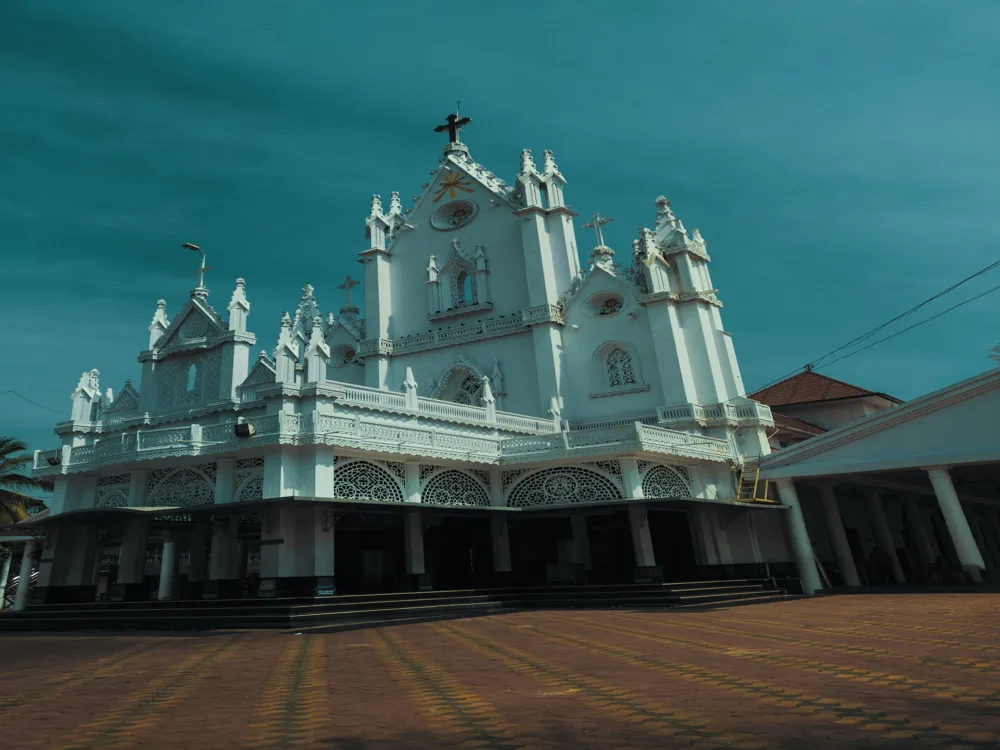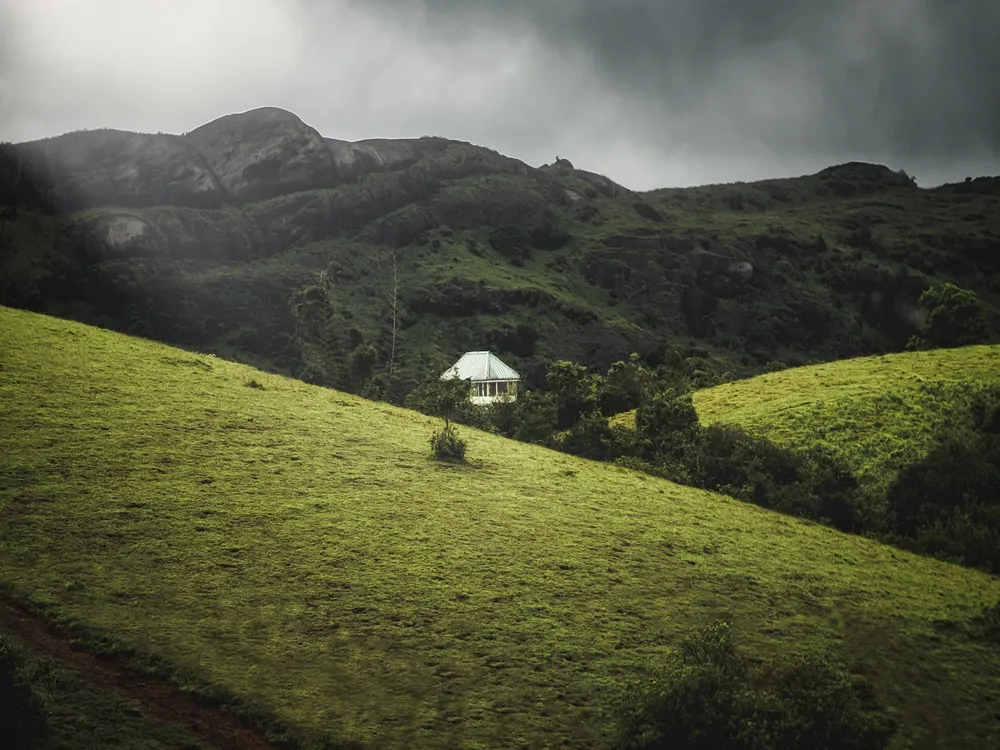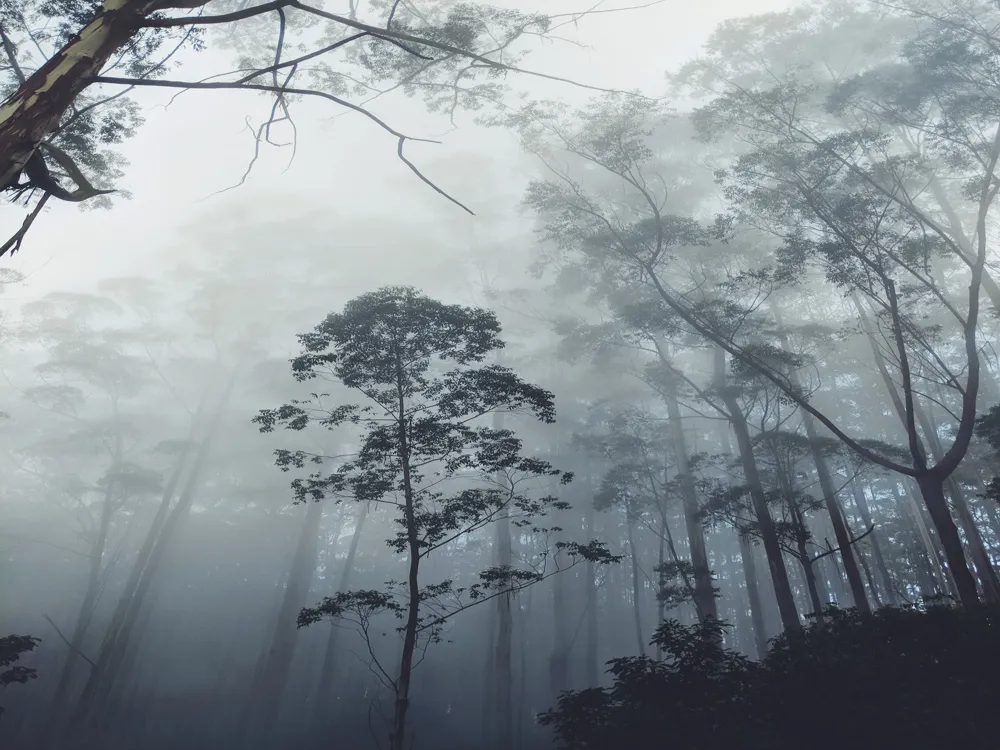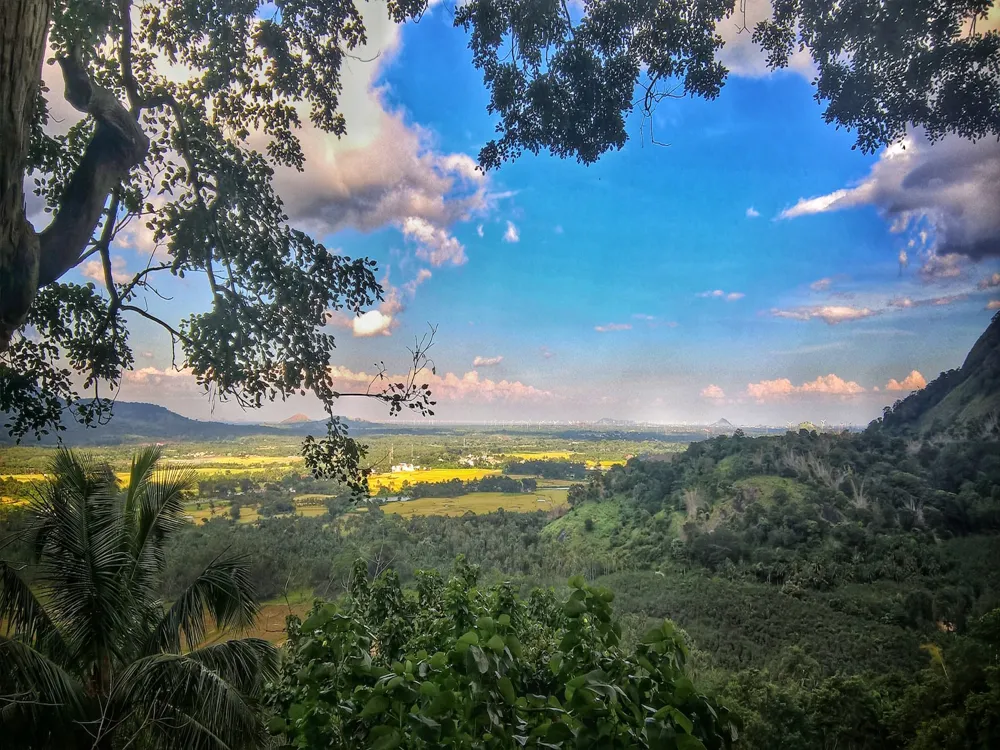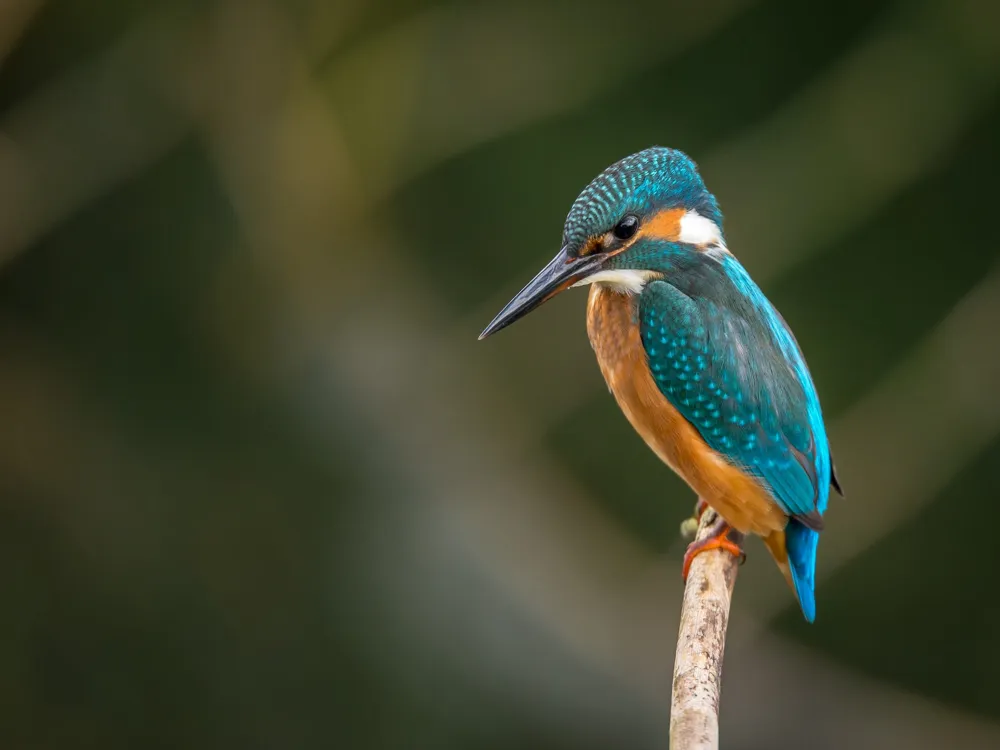Mullakkal Temple, nestled in the heart of Alleppey, Kerala, stands as a testament to the region's rich cultural and spiritual heritage. This revered temple is dedicated to Goddess Rajarajeswari and draws thousands of devotees and tourists annually. The temple's history spans several centuries, reflecting the architectural evolution and religious significance in the area. Notably, the temple's unique open roof structure allows direct sunlight inside, symbolizing openness and acceptance. The deity, Goddess Rajarajeswari, embodies power and grace, attracting a diverse range of worshippers. The temple's annual festivals, especially the Mullakkal Chirappu, are celebrated with great fervor, featuring elaborate rituals and cultural performances. These festivals highlight the temple's role in preserving and promoting local traditions and arts. The temple's serene ambiance, coupled with its intricate architecture, makes it a spiritual oasis in the bustling city of Alleppey. The Mullakkal Temple is an architectural marvel, showcasing the traditional Kerala style intertwined with unique elements. The temple's layout follows the typical Kerala temple architecture with a sanctum sanctorum, a mandapam, and a circumambulatory path. However, what sets it apart is its open-roof design over the main deity area, a feature not commonly found in other temples. This design symbolizes openness to the universe and the divine. The intricate wood carvings and mural paintings adorning the temple walls depict various mythological stories and add to the temple's spiritual ambiance. The temple's construction materials, predominantly wood, laterite, and tiles, reflect the local building traditions and environmental considerations. Over the years, the temple has undergone renovations, yet it has retained its original charm and architectural integrity. The temple's architecture is not just a reflection of its religious significance but also a representation of the local art, culture, and history. Visitors should dress modestly, covering shoulders and legs, as a sign of respect. It's recommended to avoid loud conversations and maintain a peaceful environment within the temple premises. The best time to visit the temple is during the cooler months from October to March. Participating in the temple festivals, especially the Mullakkal Chirappu, offers a glimpse into the local culture and religious practices. Photography may be restricted in certain areas of the temple. Always ask for permission before taking photos, especially of the deity and during rituals. Visitors can participate in offerings and rituals. It is advisable to understand the customs and seek guidance from temple authorities for the appropriate procedures. Mullakkal Temple, located in the heart of Alleppey, is easily accessible by various modes of transportation. For those traveling by air, the nearest airport is the Cochin International Airport, about 75 kilometers away. From the airport, one can hire taxis or use public transport to reach Alleppey. For train travelers, Alleppey Railway Station is the nearest, situated just a few kilometers from the temple. Alleppey is well-connected by road as well, with state and national highways linking it to major cities in Kerala and neighboring states. Local buses, auto-rickshaws, and taxis are readily available for the last mile connectivity to the temple. For a more scenic and unique experience, visitors can also opt for boat services available in the backwaters of Alleppey, which provide a picturesque route to the temple. Read More: Overview of Mullakkal Temple in Alleppey, Kerala
Architecture of Mullakkal Temple
Tips When Visiting Mullakkal Temple
Respecting Local Customs and Dress Code
Best Time to Visit and Festivals
Photography Guidelines
Offerings and Rituals
How To Reach Mullakkal Temple
Mullakkal Temple
Alleppey
Kerala
₹ 8,999 onwards
View alleppey Packages
Weather :
Tags : Temple
Timings : 4:30 AM - 10:00 AM and 5:00 PM - 8:00 PM
Time Required : 1 - 2 hrs
Planning a Trip? Ask Your Question
Also Refered As:
Mullakkal Rajarajeswari Temple
Alleppey Travel Packages
View All Packages For Alleppey
Top Hotel Collections for Alleppey

Private Pool

Luxury Hotels

5-Star Hotels

Pet Friendly
Top Hotels Near Alleppey
Other Top Ranking Places In Alleppey
View All Places To Visit In alleppey
Faq on Alleppey
What is Mullakkal Temple in Alleppey famous for?
Mullakkal Temple in Alleppey is famous for being a prominent Hindu temple dedicated to Goddess Durga. It is revered by devotees for its historical significance and cultural importance in the region.
When was Mullakkal Temple built?
The exact date of construction of Mullakkal Temple is not known, but it is believed to have been established centuries ago. It has undergone renovations and expansions over time, reflecting the evolving architectural styles and religious practices.
What are the timings of Mullakkal Temple in Alleppey?
Mullakkal Temple typically opens early in the morning and remains accessible to devotees until late evening. The specific timings may vary on festival days and special occasions, so it's advisable to check with the temple authorities or local sources for accurate information.
What festivals are celebrated at Mullakkal Temple?
Mullakkal Temple celebrates various festivals throughout the year, with Navaratri being the most significant. During Navaratri, elaborate rituals and ceremonies are conducted, attracting a large number of devotees. Other festivals like Vishu, Thiruvonam, and Mahashivaratri are also celebrated with fervor and enthusiasm.
Is photography allowed inside Mullakkal Temple?
Photography may be restricted inside Mullakkal Temple premises, especially in the sanctum sanctorum and during religious ceremonies. It is advisable to respect the rules and regulations regarding photography and seek permission from the temple authorities if necessary.
View alleppey Packages
Weather :
Tags : Temple
Timings : 4:30 AM - 10:00 AM and 5:00 PM - 8:00 PM
Time Required : 1 - 2 hrs
Planning a Trip? Ask Your Question
Mullakkal Rajarajeswari Temple
Alleppey Travel Packages
View All Packages For Alleppey
Top Hotel Collections for Alleppey

Private Pool

Luxury Hotels

5-Star Hotels

Pet Friendly
Top Hotels Near Alleppey
Other Top Ranking Places In Alleppey
Faq on Alleppey
What is Mullakkal Temple in Alleppey famous for?
Mullakkal Temple in Alleppey is famous for being a prominent Hindu temple dedicated to Goddess Durga. It is revered by devotees for its historical significance and cultural importance in the region.
When was Mullakkal Temple built?
The exact date of construction of Mullakkal Temple is not known, but it is believed to have been established centuries ago. It has undergone renovations and expansions over time, reflecting the evolving architectural styles and religious practices.
What are the timings of Mullakkal Temple in Alleppey?
Mullakkal Temple typically opens early in the morning and remains accessible to devotees until late evening. The specific timings may vary on festival days and special occasions, so it's advisable to check with the temple authorities or local sources for accurate information.
What festivals are celebrated at Mullakkal Temple?
Mullakkal Temple celebrates various festivals throughout the year, with Navaratri being the most significant. During Navaratri, elaborate rituals and ceremonies are conducted, attracting a large number of devotees. Other festivals like Vishu, Thiruvonam, and Mahashivaratri are also celebrated with fervor and enthusiasm.
Is photography allowed inside Mullakkal Temple?
Photography may be restricted inside Mullakkal Temple premises, especially in the sanctum sanctorum and during religious ceremonies. It is advisable to respect the rules and regulations regarding photography and seek permission from the temple authorities if necessary.








